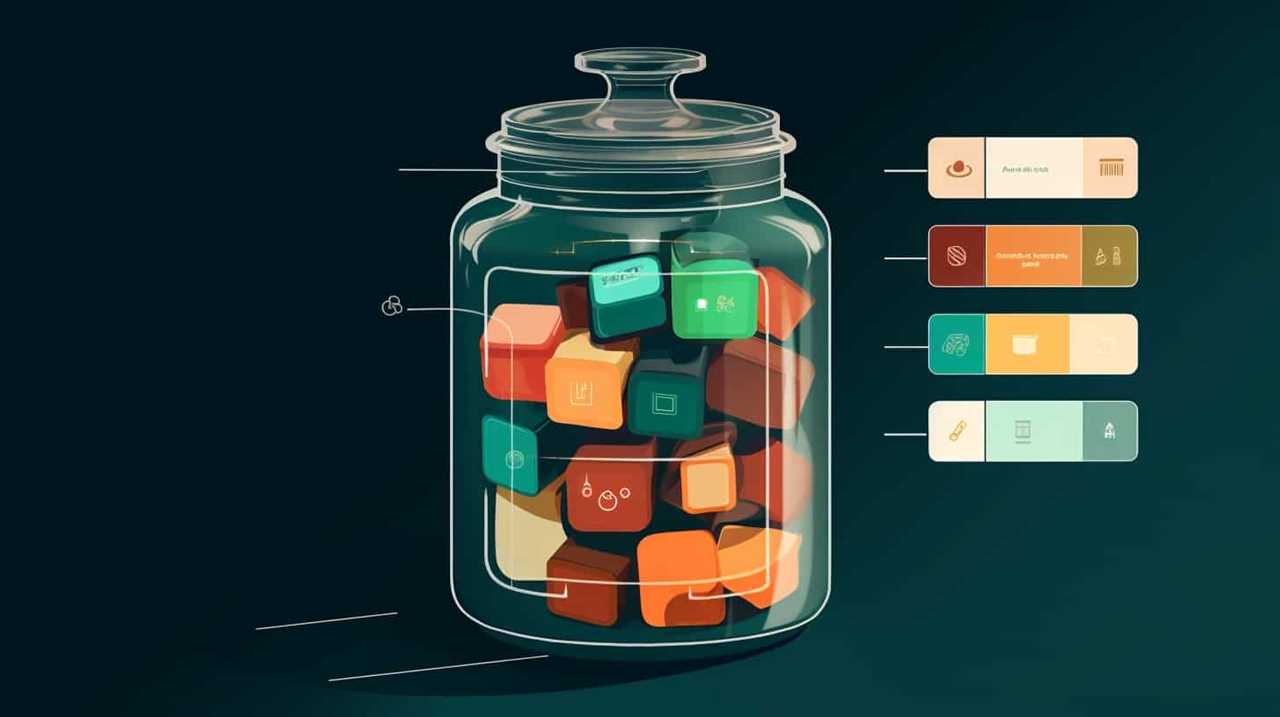To spot poisoned data sets, you need to monitor your training pipeline for subtle anomalies that blend with genuine data. Look out for sudden drops in accuracy, unusual label patterns, or unexpected feature correlations. Regularly analyze data distribution and run automated anomaly detection tools. Beware that malicious data often appears legitimate, making it tricky to identify. Continuing your investigation will reveal effective strategies to protect your models from these hidden threats.
Key Takeaways
- Regularly analyze data distributions for anomalies or deviations indicating potential poisoning.
- Monitor sudden drops in model accuracy as possible signs of malicious data infiltration.
- Check for disproportionate labels or unusual feature correlations that may signal tampering.
- Implement automated anomaly detection tools to identify suspicious data entries early.
- Conduct ongoing data audits and validation, especially when sourcing data from third-party providers.

Have you ever wondered how malicious data can undermine machine learning models? It’s a sneaky threat that targets the very foundation of your training process—your data. Poisoned data sets are crafted with malicious intent, subtly altering data points to manipulate outcomes or deceive the model. These compromised data sets threaten data integrity, making it difficult for your model to learn accurate patterns. When data integrity suffers, your model’s robustness diminishes, leaving it vulnerable to errors, bias, or outright deception. This is especially dangerous because poisoned data often looks legitimate at first glance, blending seamlessly with genuine data. Attackers may insert carefully designed anomalies or mislabeled data that seem innocuous but have a profound impact on the model’s behavior once incorporated into the training pipeline.
Malicious data subtly corrupts training sets, undermining model accuracy and robustness through deceptive, legitimate-looking anomalies.
Spotting poisoned data isn’t straightforward. Since malicious entries are often indistinguishable from normal data, it requires a keen eye and robust detection methods. One early sign of a poisoned data set is a sudden shift or inconsistency in model performance, especially if accuracy drops unexpectedly on validation data. Analyzing data distribution can also reveal anomalies—outliers or patterns that deviate from expected norms. For example, if certain labels or features appear disproportionately or exhibit unusual correlations, these could be signs of tampering. You need to be vigilant about maintaining data quality and regularly auditing your datasets, especially when sourcing data from third parties or open repositories. Implementing automated anomaly detection tools can help flag suspicious entries before they cause damage. Additionally, understanding the AI Security landscape helps in developing comprehensive defenses against such threats.
Another vital aspect is understanding that poisoned data doesn’t just impact model accuracy; it also undermines model robustness. A robust model should withstand diverse inputs and unexpected scenarios, but poisoned data can create a false sense of security. It can cause your model to rely on spurious correlations or fragile decision boundaries, making it vulnerable to targeted attacks. To mitigate this, you should consider defenses like data sanitization, robust training techniques, and adversarial testing. These practices help guarantee that your model isn’t just accurate under normal conditions but also resilient against malicious manipulation. Regularly updating and validating your training data, along with employing techniques like differential privacy and ensemble methods, further fortifies your model against poisoning efforts.
In essence, safeguarding your data integrity and reinforcing model robustness are essential steps in defending against poisoned data sets. Recognizing the subtle signs of data tampering and implementing layered security measures can help you protect your models from Trojan horse-like threats lurking in your training pipeline. Remember, your model’s strength depends on the quality of the data you feed it—so stay vigilant, and don’t let malicious data compromise your machine learning success.
Frequently Asked Questions
How Can Organizations Detect Poisoned Data Early?
To detect poisoned data early, you should enhance your model robustness by implementing rigorous validation checks and anomaly detection techniques. Regularly review data sources, employ security protocols that monitor for unusual patterns, and conduct thorough data audits. Staying vigilant helps you identify suspicious data before it impacts your model’s performance. This proactive approach guarantees your training pipeline remains secure, reducing the risk of hidden threats compromising your AI system.
What Are the Most Common Sources of Poisoned Data?
You should know that the most common sources of poisoned data include adversarial examples designed to manipulate your models, and data contamination from untrusted sources. Attackers often introduce malicious inputs during data collection or labeling processes, making it difficult to spot early. By monitoring data provenance and implementing validation checks, you can better identify suspicious patterns and reduce the risk of poisoned data entering your training pipeline.
Can Poisoned Datasets Affect Model Fairness?
Poisoned datasets are like hidden landmines, capable of exploding biases in your model. They can skew results, increasing model bias and undermining fairness mitigation efforts. When malicious data infiltrates training, it subtly influences outcomes, making your model unfair or discriminatory. Recognizing and removing these poisoned inputs is vital to guarantee your AI remains equitable, trustworthy, and aligned with ethical standards.
How Costly Is It to Clean Poisoned Data?
Cleaning poisoned data can be quite costly, impacting your data integrity and requiring significant effort to prevent contamination. You might need advanced detection tools, manual reviews, and model retraining, which consume time and resources. The expense varies depending on data size and contamination severity, but investing in prevention strategies often saves money in the long run. Proactively addressing poisoned data helps maintain trustworthy models and reduces future cleanup costs.
Are There Open-Source Tools for Identifying Data Poisoning?
You can find open-source tools that help identify data poisoning by focusing on adversarial techniques and data validation. These tools analyze your datasets for anomalies, suspicious patterns, or inconsistencies that might indicate tampering. Popular options include DeepSanitizer and Cleanlab, which offer methods to detect and mitigate poisoned data, boosting your model’s robustness. Regularly applying these tools guarantees you catch potential threats early, safeguarding your training pipeline effectively.
Conclusion
Just like a Trojan horse hides danger inside, poisoned data lurks within your training pipeline. Stay vigilant, examine each piece of data like a watchful guardian guarding a treasure. By spotting these hidden threats early, you prevent the silent invasion that could compromise your entire system. Remember, in the battle against unseen enemies, your awareness is the key to accessing a secure and resilient AI fortress—protect your kingdom from covert threats before they breach your gates.









